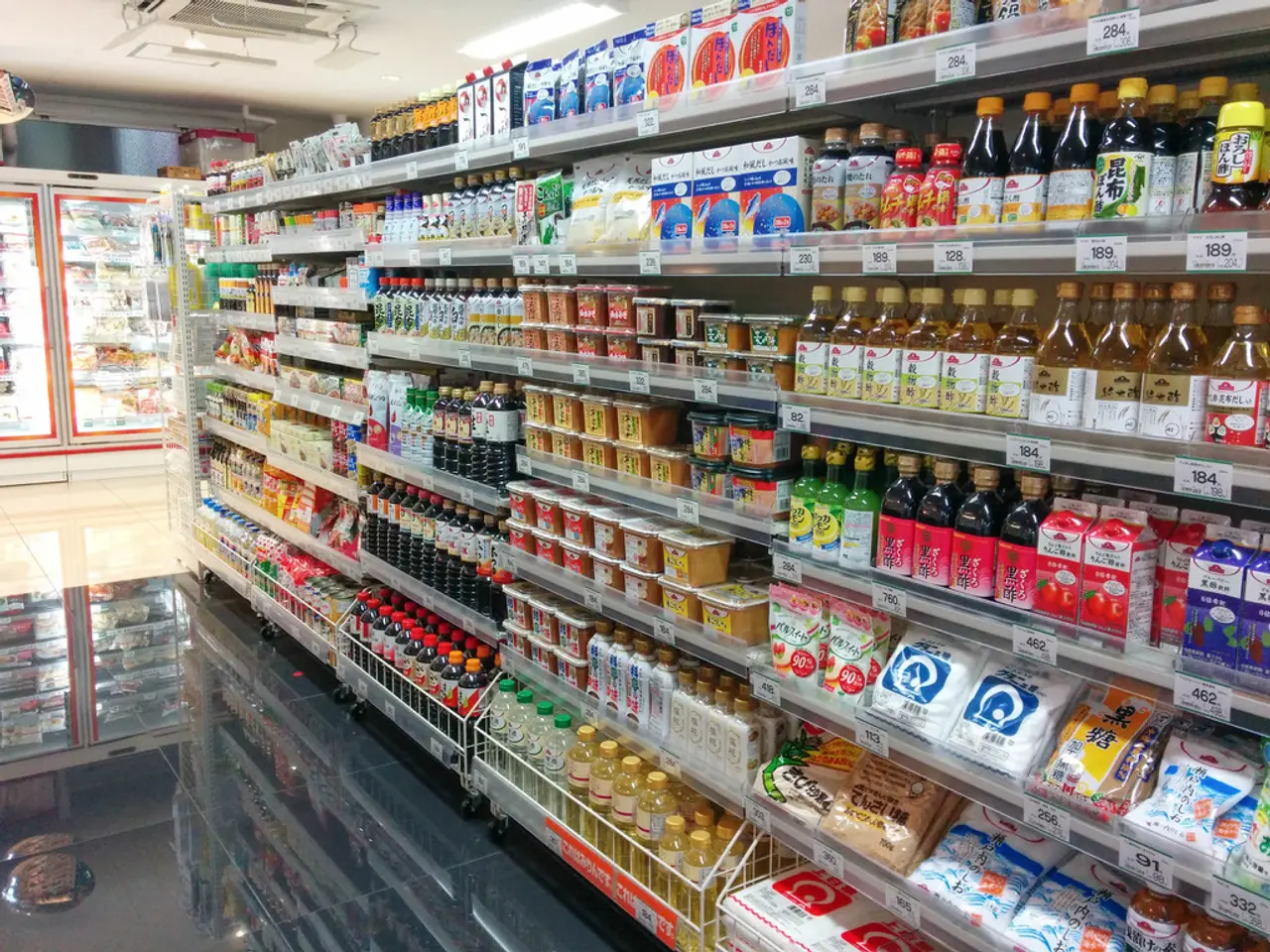Retail Sector Facing Crisis?
The retail landscape has undergone a significant transformation over the past decade and a half, with the rise of eCommerce platforms like Amazon playing a pivotal role. However, several major factors are driving change in the industry, going beyond Amazon's influence.
One of the key drivers is the digital transformation and adoption of advanced technologies. Retailers are increasingly embracing innovations such as edge AI cameras, dynamic pricing engines, hyper-personalized loyalty apps, and smart sensors to improve customer experiences and operational efficiency. These technologies help retailers convert foot traffic into lifetime customer value by collecting meaningful data and enabling personalized engagement.
Innovations like self-checkout systems, walk-out shopping enabled by RFID and computer vision, and robot assistants are redefining in-store shopping by reducing friction and enhancing convenience. The integration of physical stores with e-commerce is making stores more experiential showrooms while online channels provide variety and convenience.
Another significant factor is supply chain optimization and inflation management. Retailers are focusing on navigating supply chain disruptions effectively, which includes demand planning, tariff schedule reviews, and freight consolidation to mitigate cost pressures. These efforts help offset inflation and sustain product availability, supporting growth despite external challenges.
The retail workforce is also evolving, with a shift towards positions requiring technology, logistics, and data-driven decision-making. Retailers are investing in worker upskilling and focusing on hiring for digital fluency and adaptability to meet new operational demands. Segments such as essential goods (groceries and pharmacies) and sustainability-focused brands are more stable and even expanding, reflecting shifting consumer values and necessities.
Retailers are also increasingly pressured to implement effective Environmental, Social, and Governance (ESG) strategies in response to consumer demand for ethical sourcing and environmental responsibility. This creates niche hiring and operational opportunities aligned with these priorities.
Manufacturing and supply chain functions supporting retail are adopting cloud platforms, GenAI bots, and predictive maintenance technologies. These enhance data visibility, reduce costs, and improve workforce retention through automation and upskilling.
The decline of malls and brick-and-mortar retailers is part of a cycle of generational shifts. People, and millennials especially, are becoming more interested in experiences as compared to consumer products. Success in the retail industry is now largely dependent on the effectiveness of Supply Chains and eCommerce operations.
The great recession of 2007 accelerated changes in consumer habits, with people spending more on travel and restaurants and less on physical goods. In 2016, Americans spent more money in restaurants and bars than grocery stores, marking the first time this has happened. Omnichannel distribution and avoiding excess inventory are crucial for success in the current retail landscape.
Retailers are bracing for the impending holiday shopping frenzy, with every touch point mattering on this battlefield as brands strive to reinforce their overall brand and build customer loyalty. The retail industry's transformation extends well beyond Amazon's influence and is propelled by technological innovation, supply chain resilience, workforce evolution, consumer-driven sustainability demands, and smart operational practices. Retailers that embrace these trends are better positioned to thrive in the evolving market landscape.
Sources: [1] Retail Dive. (n.d.). Retail technology trends 2020: The top tech shaping retail. Retrieved from https://www.retaildive.com/research/retail-technology-trends-2020-the-top-tech-shaping-retail/566718/ [2] Capgemini. (2018). The future of retail: The rise of the experience economy. Retrieved from https://www.capgemini.com/resource-file-access/resource-files/8164/future-of-retail-the-rise-of-the-experience-economy.pdf [3] McKinsey & Company. (2019). The new retail: How retailers can win in a digital world. Retrieved from https://www.mckinsey.com/industries/retail/our-insights/the-new-retail-how-retailers-can-win-in-a-digital-world [4] Forbes. (2019). The Future Of Retail: Why The Industry Is Undergoing A Major Shift. Retrieved from https://www.forbes.com/sites/forbesagencycouncil/2019/09/23/the-future-of-retail-why-the-industry-is-undergoing-a-major-shift/?sh=593641a86369
- Omnichannel fulfillment strategies are being adopted by retailers to maintain inventory control and reinforce their brand during the holiday shopping season, a critical battlefield for customer loyalty in the evolving retail landscape.
- advanced finance models, such as tariff schedule reviews and freight consolidation, are essential for retailers navigating supply chain disruptions and managing cost pressures in an industry that is increasingly focusing on logistics and technology for growth and operational efficiency.




